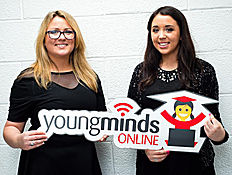5 ways to teach kids about “Fake News”
*The original post was uploaded on Craig Kemp‘s website on February 22, 2017. In collaboration with Craig, we wrote this post to address how we can help students learn how to consume and produce media.
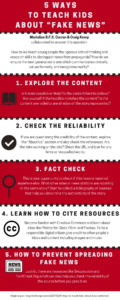 We live in a fast-paced, constantly changing world with many struggles and frustrations that are often out of our immediate control. The recent viral trend of “Fake News” has taken the internet by storm and our role as educators is to support our students to understand who is behind the information that they are consuming.
We live in a fast-paced, constantly changing world with many struggles and frustrations that are often out of our immediate control. The recent viral trend of “Fake News” has taken the internet by storm and our role as educators is to support our students to understand who is behind the information that they are consuming.
In order to support our students, we first must ensure that our teachers are fully upskilled on the matter and understand it themselves. Our responsibility is to prepare our students for the world they live in NOW. Blocking and banning is not the solution. Here are five ways to teach kids how to navigate “Fake News” as consumers and producers:
Fact Vs. Fiction
As an example, let us look at this website on The Pacific Northwest Tree Octopus. The site has information about the tree octopus and even includes resources, citations, sightings and images. The question we need to ask our students is “is it even possible for an octopus to live in a tree?”.
When we are researching online, we must run through a checklist to determine if the site is fact or fiction. Consider these questions next time you get stumped:
- Explore the content. Is it even possible or likely? Is the content hard to believe? Ask yourself if the headline matches the content? Is the content one-sided or are all sides of the story represented?
- Check the reliability. If you are questioning the credibility of the content, explore the “About Us” section and also check the references. Are the links working on the site? Check the URL and look for any hints or misspelled words.
- Fact check. This is your opportunity to check if this news is reported anywhere else. What other sites or news stations are reporting on the same story? Start to collect a bibliography of sources that help you determine the authenticity of the story.
- Learn how to cite resources. Become familiar with Creative Commons and learn about sites like Photos for Class, Flickr and Pixabay.
- How to prevent spreading fake news. Luckily, there are resources like Snopes and FactCheck.Org which can also help you check the reliability of the source before you pass it on.
Digital citizenship and media literacy skills have never been more necessary both in and out of the classroom. The bottom line is that we can all get caught in believing and spreading “Fake News” unless we practice how to critically examine, consume and produce content, as well as learn how to evaluate the credibility of the source and how to credit the source. Practicing these skills on a daily basis will ensure that students learn to ask the right questions in order to determine if the material is fact or fiction.
Schools must prepare students for the real world instead of continuously protecting them from it in the little bubbles we have in our communities.
——
*Here’s the start of some additional “Fake News” resources.

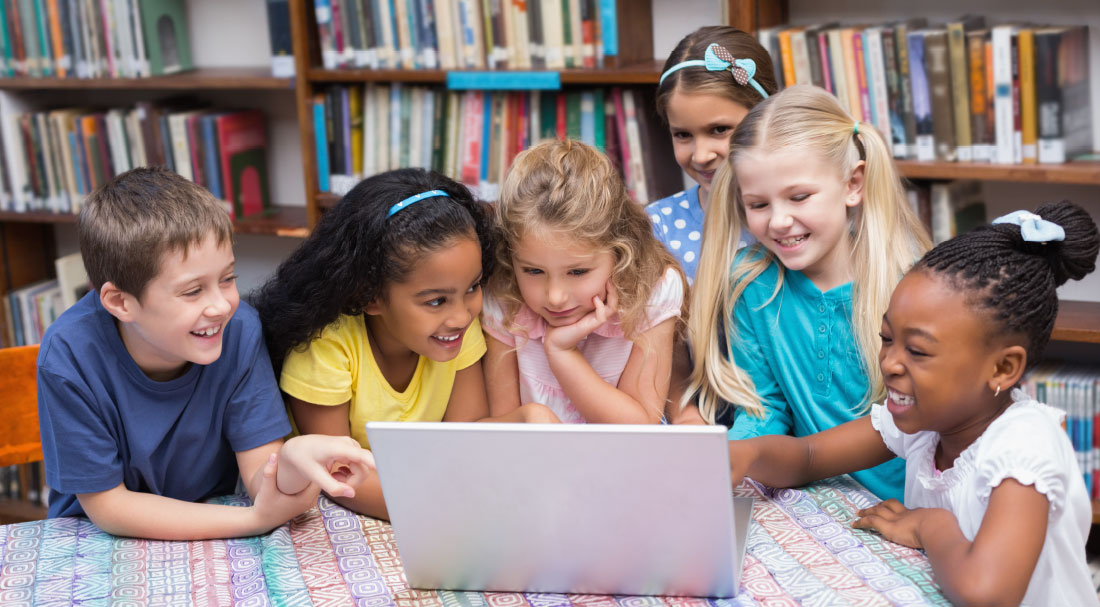



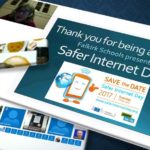
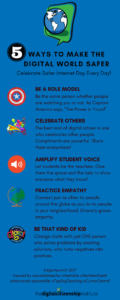 Be A Role Model
Be A Role Model